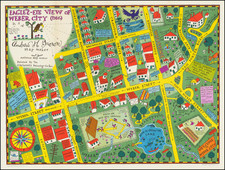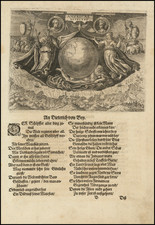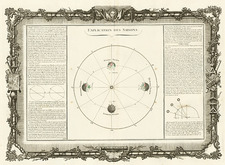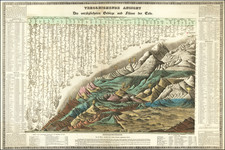This 1720 engraving, "De Lachende Ezopus op het koolmaal gehouden ter afscheyd van de Actieapen," is an exceptional satirical commentary on the Mississippi Bubble. It featured in the notable work Het Groote Tafereel der Dwaasheid, offering a critique on the financial crisis of 1720, a period marked by economic volatility, often referred to as the first global financial bubble.
The image constructs a complex narrative that uses the symbol of Aesop, the renowned fable author, dressed as Harlequin, as the focal point. He is portrayed laughing, holding a cabbage, and gesturing towards a group of monkeys engaging with cabbages—a possible metaphor for their foolish involvement in speculative trading. This vivid tableau extends into the background where various animal groups—sheep, wolves, and more monkeys—are depicted in various states of chaos and conflict, creating a stark, symbolic landscape that mirrors the societal upheaval of the time.
A noteworthy detail in the engraving is the inclusion of celestial figures—Time and Mercury. Time is seen passing judgement on the lion, perhaps an allegory for the Netherlands, instructing it to remunerate Mercury, the god of financial gain, with gold rather than paper. This perhaps signifies the need for sound financial practices over the use of easily devalued paper currency, an echo of the speculative folly that led to the crisis.
This engraving is not only a remarkable artistic creation but also a potent social commentary, capturing the economic tumult of the early 18th-century Netherlands through the lens of satire. It reflects the time's attitudes towards financial speculation and offers invaluable insights into the cultural responses to the period's economic crisis.










![[ Confederate States of America Naval Flag! ] Pavillons des Principales Puissances](https://storage.googleapis.com/raremaps/img/small/88973.jpg)
![[Signed Political Satire Artwork] Vietnam ... Vietnam ... Vietnam ...](https://storage.googleapis.com/raremaps/img/small/68726.jpg)


